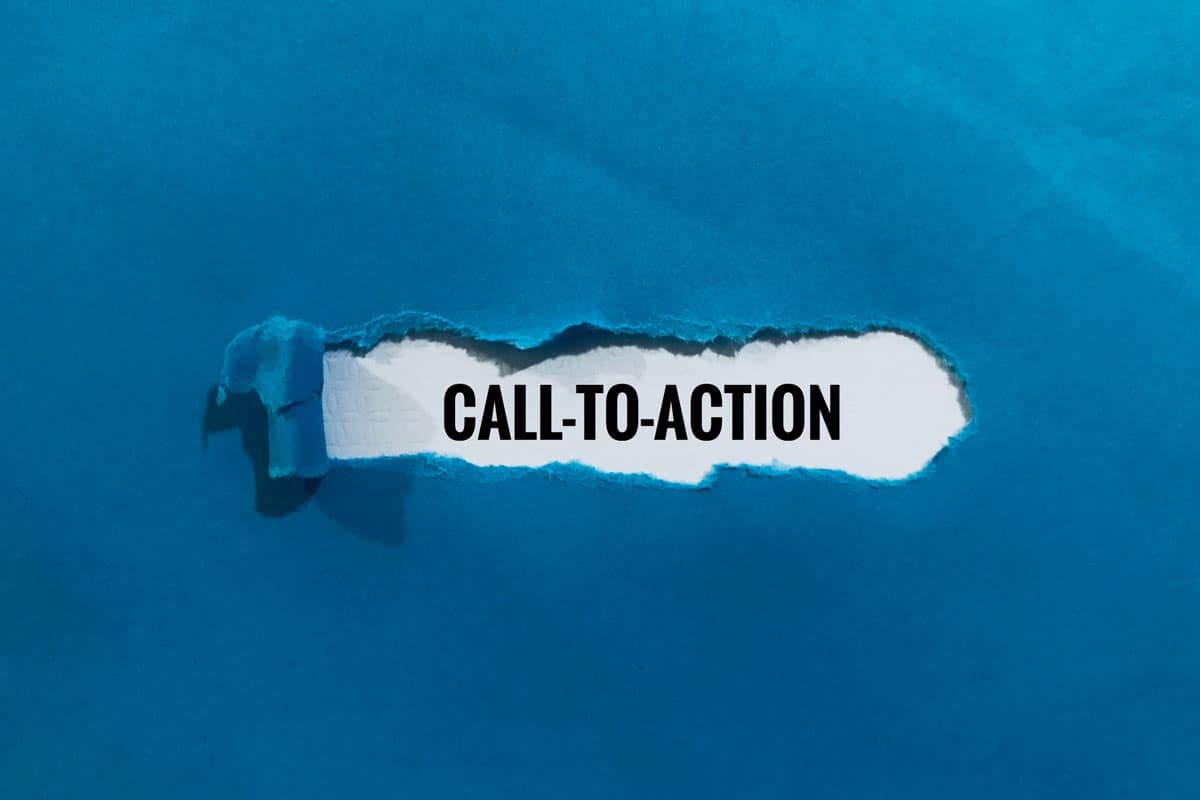Don’t end your story without leaving your audience with something to do. A failed story or presentation is when your audience doesn’t react or make a move after. You need to engage and inspire them to take action in order to benefit your company. Without proper customer engagement, you can’t build a sustainable business.
Call-to-actions (CTAs) give your brand:
- Authority and control.
- A clear target audience.
- The ability to be innovative and creative.
The following are a few common types and examples of call-to-actions to inspire engagement within your audience:
Direct VS Indirect Call-To-Action
There are two main types of CTAs: direct and indirect. Direct CTAs make the call to action obvious and ask them to do it. Indirect CTAs involve enticing or implying they need to do something without realizing you are asking them.
With storytelling, you can easily use both of these CTAs as your indirect CTA should be throughout the body of the story, and the direct CTA will be at the end. For example, as you tell the story, use the hero to emulate your customer and empower them. Then when you end the story, directly ask them what you want them or need them to do.
Inspirational Call-To-Action
This type of CTA should be included in your stories and other presentations. You want your audience to take what they learned from your story and then apply it to their life to create a better and more fulfilling one.
This can easily be done by taking your audience on a journey you took to start the company. Find fun and creative ways to show the audience what you did differently or new to get there. Add characters that mimic your audience that they can relate to and want to emulate.
Non-sales Call-To-Action
This includes inviting them to join your social media pages, grabbing their e-mail in exchange for a free opt-in, or their phone number for a free and short consolation. You can even hand out your business cards or invite them to a free local event or live Facebook event hosted by your company.
Sale Call-To-Action
Premium trials, no-obligation trials, time-sensitive invites, or one-time discounts to your products are a few examples. Sale type call-to-actions are likely the most common type of CTA you find. However, these are not the best for storytelling.
There are much better ways to end your stories that don’t leave your audience feeling confused at the end. Do not tell an emotional story that your audience feels attached to and then end it with a 20% off offer. Instead, use the other examples provided above and continue that emotion to drive them to become loyal customers.
Remember, if you want to get your audience to do something, ask them and never forget the call to action.

Over the next 60 days, we will be talking exclusively about becoming a better storyteller so you can work on increasing your audience engagement.
It’s a fact that the human brain is wired or attracted to stories. This is because stories are how the human brain learns, grows, and remembers things. Through stories, you can better remember important events and communicate or connect with your peers and audience. And, more importantly, through stories, you gain audience engagement and the action required to run a successful and sustainable business.
Let’s be honest, we know that you’re unlikely to follow us through the entire series, so here’s a little cheat for you – the entire series of articles as an ebook – our gift – no strings attached. If you’re ready to catch up on some summer reading that will actually propel your business forward then this is for you.
DOWNLOAD THE FREE E-BOOK: Become a Good Storyteller to Increase Audience Engagement













































































































































































































































































































































































































































